In the early years of my study, I remember leaning over the photography department work bench, trying not to look disheartened, as my lecturer scribbled notes on the glossy finish of yet another proof sheet in red marker. +1, -5, underexposed, out of focus, crop, the irrefutable question mark with an arrow pointing to a light leak of frustratingly mysterious origin, or worse – the dreaded RESHOOT.
At the time, I was frustrated with my inconsistency both behind the camera and in the darkroom. My tutor’s favorite saying, “Your first 10,000 photographs are your worst” formed in my mind an image of piles and piles of failed photographs stacked up like an impassable mountain before me.
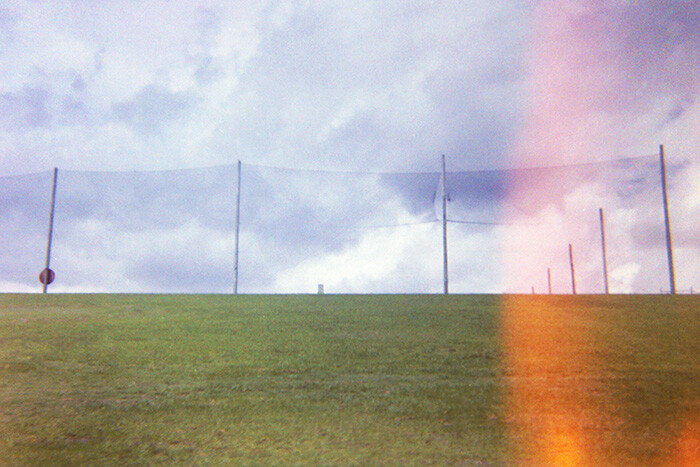
Light leak from a film camera.
It was only later in my career that I realized that what my teacher was saying was not a criticism, but her way of encouraging me to take advantage of the opportunity that the worst 10,000 provided. A foundation for the photography I hoped to produce in the future. Without those 10,000 duds my photographic feet would be steeped in the muddy waters of ambition with no way to see my visions through to a complete body of work.
Those initial 10,000 photos – many of which I have kept stacked in visual diaries and negative sheets to look back on fondly – provided a solid launching pad for my photographic practice and the impetus to advance. Nowadays I find myself delving into the words of photography masters for inspiration, tried and true technical advice, and occasionally a kick in the butt when motivation is lacking.
Henri Cartier-Bresson
“Your first 10,000 photographs are your worst”
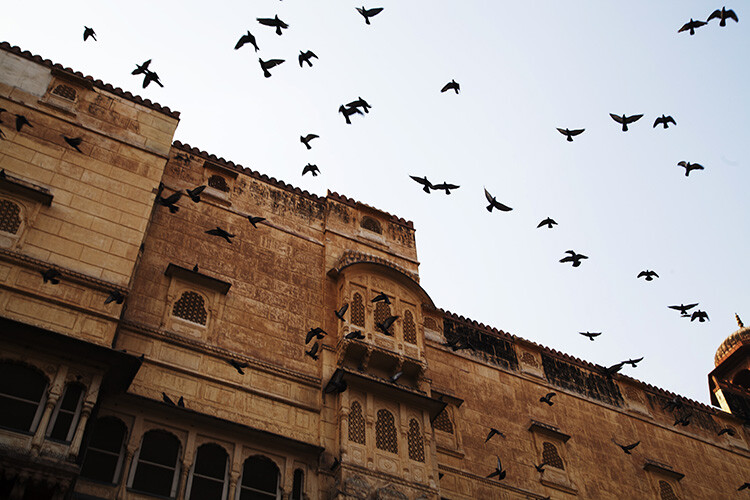
Be aware and ready for anything.
The inventive work of Henri Cartier-Bresson in the early 1930s opened up the creative possibilities of photography forever. Though he is known for his mastery of street photography, Cartier-Bresson was also known for his patience. The mythology of Cartier-Bresson’s “decisive moment” suggested that most of the photographs he took from the very start of his photographic career were taken with a single shot, at the precise instant of opportunity. In reality however, Cartier-Bresson honed his skill by making the most of a potential moment, sometimes shooting 20+ images of one scene. His single greatest images were preceded by the first 10,000 images that fell by the wayside.
Elliott Erwitt
“I always make it a point to carry a camera with me at all times…I just shoot at what interests me at that moment”
In photography, the whole world is a canvas. The special agony reserved for an unarmed photographer witnessing the perfect shot pass before their eyes, is something we have all experienced. Making a habit of always carrying a camera with you (beyond a camera phone, everyone has those!) is rewarding, and makes sure you will never suffer the regret of wishing you had.

I personally keep a disposable (play) camera with me if my larger camera is too bulky. Not only do the plastic disposables ease the anxiety of being camera-less, they afford a less formal quick-draw camera for street photography. They also provide a refreshing aesthetic, and the occasional surprise. I always enjoy the odd incidental light-leak mark, a quirk of cheaper cameras that adds a real incidental feel to the image. Another upside is disposable cameras are inexpensive and (speaking from experience) they are also a bit bouncier if you drop them.
Robert Mapplethorpe
“The more pictures you see, the better you are as a photographer.”
Rainy shoots in the wilderness, urban exploration, and late night post-processing, means that often photography can be a lonely experience. But taking the time to check out other photographer’s work – from the past and present – can be a great way to get motivated and to immerse yourself in the photography headspace. Studying other artists’ work and dissecting their techniques can help you improve your own work or allow you to ease up a little and be open to experimentation.
If you usually take photographs of bustling subjects with loud, vibrant colors, try focusing on black and white minimalism for a change. Asking for advice, or perhaps even sharing your own insights, is a great way to build relationships with fellow photographers too.

Mary Ellen Mark
“Learning how to use different formats has made me a better photographer. When I started working in medium format, it made me a better 35mm photographer. When I started working in 4×5, it made me a better medium-format photographer.”
Taking the time to shake up your photographic practice is not only a liberating experience but an educational one. As memory cards get bigger, faster, and larger, the temptation to shoot rapid-fire and hope for the best is strong. When shooting with a film camera, however, you are restricted by the limited number of frames on the roll as well as developing costs. As a result, you will immediately start thinking much more about composition, subject matter, movement, and the technicalities of composing the shot correctly in terms of exposure, aperture, ISO, etc.
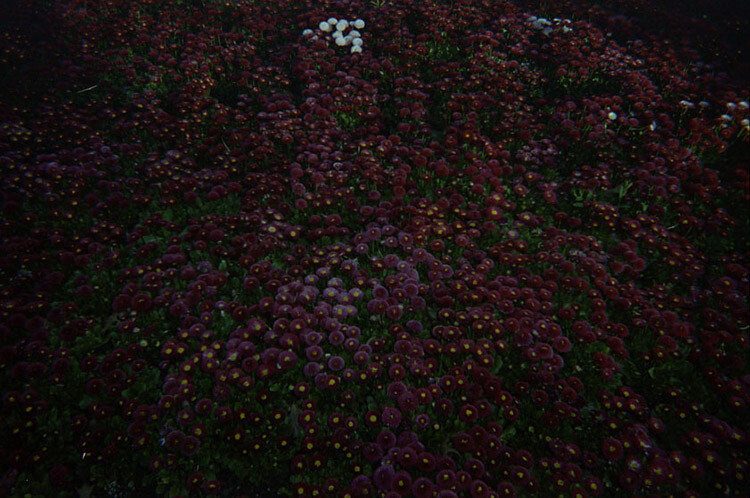
Shoot with film for a different experience.
Taking the time to step back and focus on your craft will no doubt improve your technique and help you to slow down and reconnect with the process of capturing a great photo.
Imogen Cunningham
“Which of my photographs is my favorite? The one I’m going to take tomorrow.”
While it can be exhausting at times, maintaining the hunger for new and better photographs is what drives us photographers to keep going. We’re never satisfied, we never stop learning, and we never stop shooting. As with any artistic endeavor, creativity comes in waves. But to ride the good waves you’ve got to keep surfing.
Keep striving for that great shot, and when you get it, strive for the next one. You never know what’s coming, so be prepared!
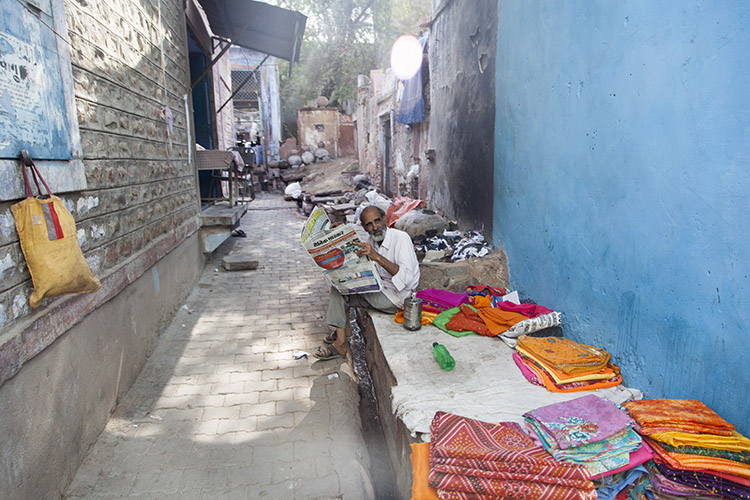
Ansel Adams
“You don’t take a photograph; you make it.”
The word take is often used to describe the process of capturing an image. But the difference between assuming an image is simply there to be taken and taking control of the image are two completely different things.
We all unconsciously make decisions about how to take a photo in terms of location, weather, time of day, etc., based on what catches our eye. So we are already exerting a lot of control over our photography. By being more aware of detail, the formal technique and execution of a photograph will invariably result in better considered and aesthetically pleasing images, which at the very least saves time on editing later.

Do you have any favorite quotes from photographers past or present? What can we take from them and apply to our own photography? Please share your thoughts in the comments below.
googletag.cmd.push(function() {
tablet_slots.push( googletag.defineSlot( “/1005424/_dPSv4_tab-all-article-bottom_(300×250)”, [300, 250], “pb-ad-78623” ).addService( googletag.pubads() ) ); } );
googletag.cmd.push(function() {
mobile_slots.push( googletag.defineSlot( “/1005424/_dPSv4_mob-all-article-bottom_(300×250)”, [300, 250], “pb-ad-78158” ).addService( googletag.pubads() ) ); } );
The post Wise Words: Famous Photography Quotes and Their Relevance Today by Megan Kennedy appeared first on Digital Photography School.

Digital Photography School
















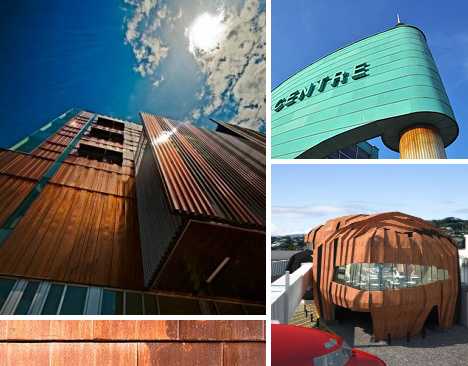









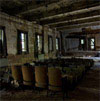




You must be logged in to post a comment.